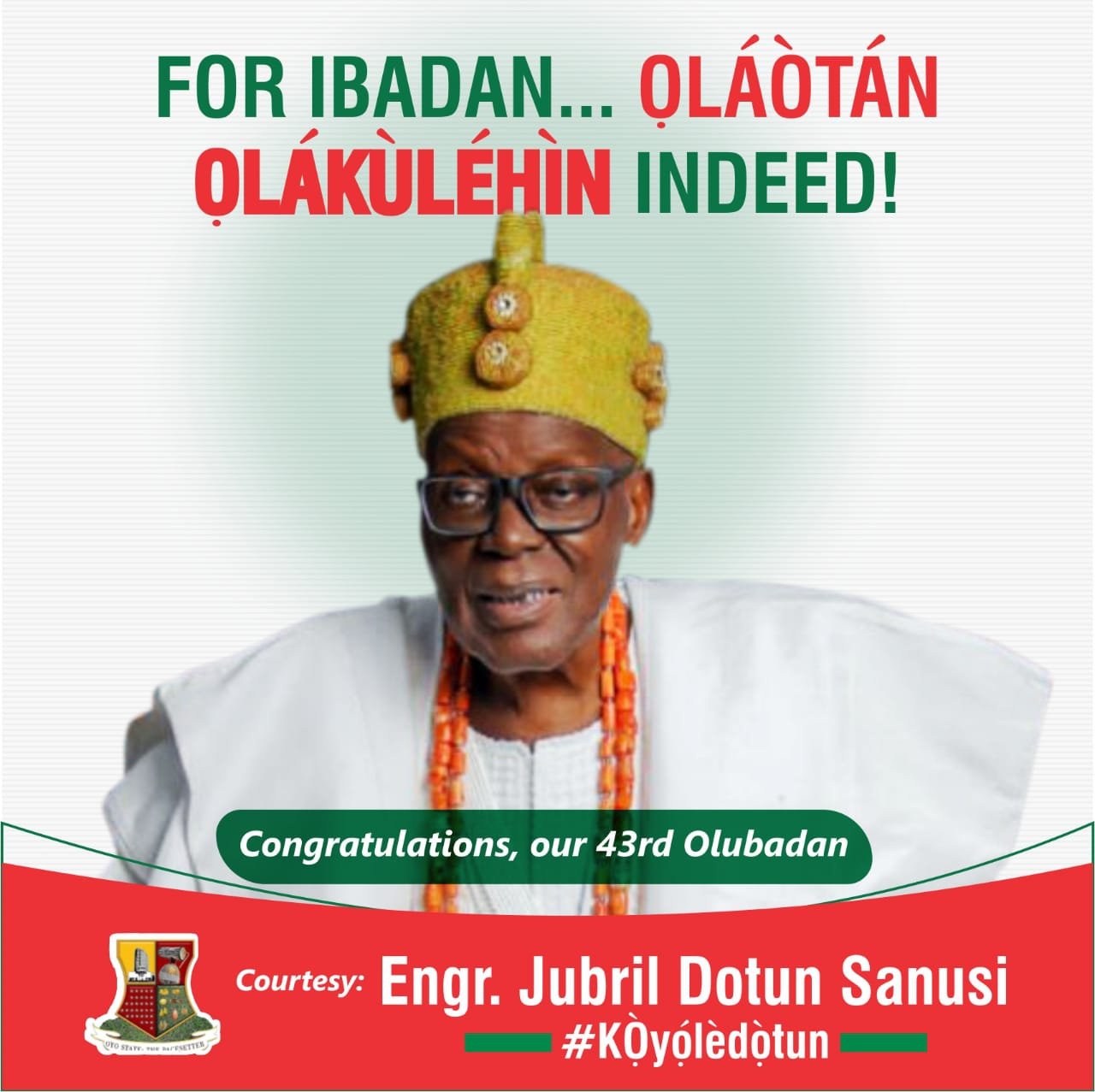When the discourse revolves round the genesis of Fuji sounds, especially with focus on creed and ethnic identity, the pendulum swings naturally between two major social classes: Islam and Yoruba. The connection isn’t difficult to decipher: Fuji has its root in the improvisational ‘Ajisari/Ajiwere’ music tradition, often performed to wake Muslims for Sohur before dawn during the Ramadan fasting season. Of course a significant part of Nigerian Muslims are Yoruba, and that explains the synergy.
But beyond this, in present day Yorubaland––a vast space comprising Lagos, Ogun, Oyo, Osun, Ekiti, Ondo, some parts of Kwara and Kogi, and beyond––some city-states have made major contributions to the evolution of Fuji than others. Between the 1960s when it began prominently as ‘Were’ through to the 1970s and now, there have been about six major generations of Fuji musicians.
Across these generations, whether in terms of producing talents or providing platforms for the art to flourish, some city-states have had major inputs which, frankly, are difficult to ignore.
Without prejudice to the inputs of other city-states across the region and beyond the shores of Nigeria, Ibadan, Nigeria’s largest city by geography, appears outstanding.
Dotted along Fuji’s chequered history are various artistes whose imprints have defined the game, from the pioneer through the avant-garde to the whiz kid. And across these generations, all of them have Ibadan written all over their career trajectories, quite interestingly.
Pioneer. He started off as a Danfo conductor, shuttling to and fro Idi-Oro and Ajegunle areas, all in a bid to earn a living. He would graduate to become motor boy at Nigerian Breweries, distributing drinks to retailers around Lagos. He joined the military, had a brief stint at the war front, then sauntered back into the studio afterwards. He would become Fuji’s most important act of all time, decades after his major breakthrough. He continued to refine the genre until his death, for a period spanning decades, beginning prominently in the 1970s.
Avant-garde. He worked as a ‘parker’ in his teenage years, obscure and hidden among other ne’er-do-wells pereginating the streets of Lagos Island. Reputed as the one who brought ‘classical flavour’ into Fuji, he is by far the genre’s most influential act alive today. Never one to shy away from controversies, he’s elevated the sound far higher than he met it when he escaped obscurity in the backwaters of Agarawu decades ago. He had his major breakthrough in the mid-1980s, particularly with his Tala series.
Iconoclast. By far Fuji’s most controversial act, he successfully elevated ribaldry to high art, hawking it across the globe. Unleashed upon the culturally conservative listening public in the 1990s, he stood firmly against the avant-garde’s hegemony in the early 2000s, giving culture and ethics and norm the middle finger. He self-identifies as a lewd merchant, unperturbed by public criticisms and all whatnot.
Lyricist. By far the most lyrically gifted Fuji artiste of all time, he combines the gift of the garb with rare native wisdom––couched in elevated Yoruba diction. Considered the most controversial artiste of his generation, he has successfully maintained his position as Fuji’s most consistent lyrics merchant, churning out hits after hits.
‘Genius’. He self-identifies as one, even if time and trends have proven otherwise. When he emerged in the early 2000s, he was reputed as the heir apparent to the pioneer: for he combines, effortlessly so, the lyrical prowess of the lyricist with deep understanding of Arabic literature considered the pioneer’s greatest strength. Indecision, betrayal, confusion, immaturity––all of these defined his fall from grace to grass.
Finally, whiz kid. He led the revolution that defined his generation’s invasion of the Fuji scene on the cusp of the millennium. Widely regarded as talented and promising, he represented the future that eventually didn’t happen in Fuji. A combination of tactless decisions and juvenile haste pushed him and others into obscurity. But his footprints remains in Fuji’s chequered history.
The pioneer is Sikiru Ayinde Barrister; the avant-garde, Wasiu Ayinde Marshal; the iconoclast, Abass Akande Obesere; the lyricist, Saidi Osupa; the ‘genius’, Muri ‘Genius’ Alabi Thunder; and the whizkid, Shanko Rashidi. If discourse swings toward the evolution of Fuji, traversing generations, they will all appear prominently across ALL of the generations, largely as leading lights of each.
But again, what do these people have in common––aside the genre of music they play and the mere fact that they have all at different periods claimed to be ‘king’ inside Fuji’s chaotic palace? Ibadan. The city has always made significant contribution to the growth of the literary, arts and culture space in Nigeria, but it is unique in the case of Fuji.
For one, Sikiru Ayinde Barrister––who would not utter a word without mentioning his beloved Agbaje compound at Ayeye––was Ibadan through and through. Ditto Abass Akande, who once reiterated this when rumour flew around that he was Ghanaian, precisley in the second half of the 1990s. Saidi Osupa who is always quick to mention his ‘Laaniba family compound, too, is from the city. Ditto Muri Thunder. The two exceptions, Sanko and Wasiu Ayinde, may not escape the city’s influential horizon if their art is dissected properly.
Sanko Rashidi, although self-identifies as Ogun, has his paternal root in Oranyan, Ibadan––precisely at Ita-Baale Compound. What’s more, he grew up in Oje and in 2011 or so, he had a track dedicated to the area and the larger Ibadan city.
For Wasiu Ayinde Marshal, the city is central to his arts and growth as an artiste. First, it was in Ibadan that he tactically edged his closest rival in the game, Iyanda Sawaba Ewenla, who’s incidentally a son of the soil. (Of course prior to Wasiu’s emergence, Iyanda was touted as the heir apparent to Sikiru Ayinde Barrister. All that became history when Iyanda fell for the bait at Liberty Stadium, also in Ibadan, and his career crumbled afterwards).
Again, undoubtedly the most influential person in Wasiu’s career, Babalaje boss Saliu Adetunji, is the present Olubadan of Ibadanland. But that’s also an aside.
What’s perhaps the most significant of the city’s contribution to his art was his elevation as Fuji king on July 2nd 1993, marking a remarkable turn in his career and position in the culture scene. Of course the coronation, yet again, happened right inside the premises of NTA in Ibadan––and it was no coincidence; it was strategic. I will explain.
____________
Read the concluding part of this essay on this website next week. Oladeinde tweets via @Ola_deinde.
































